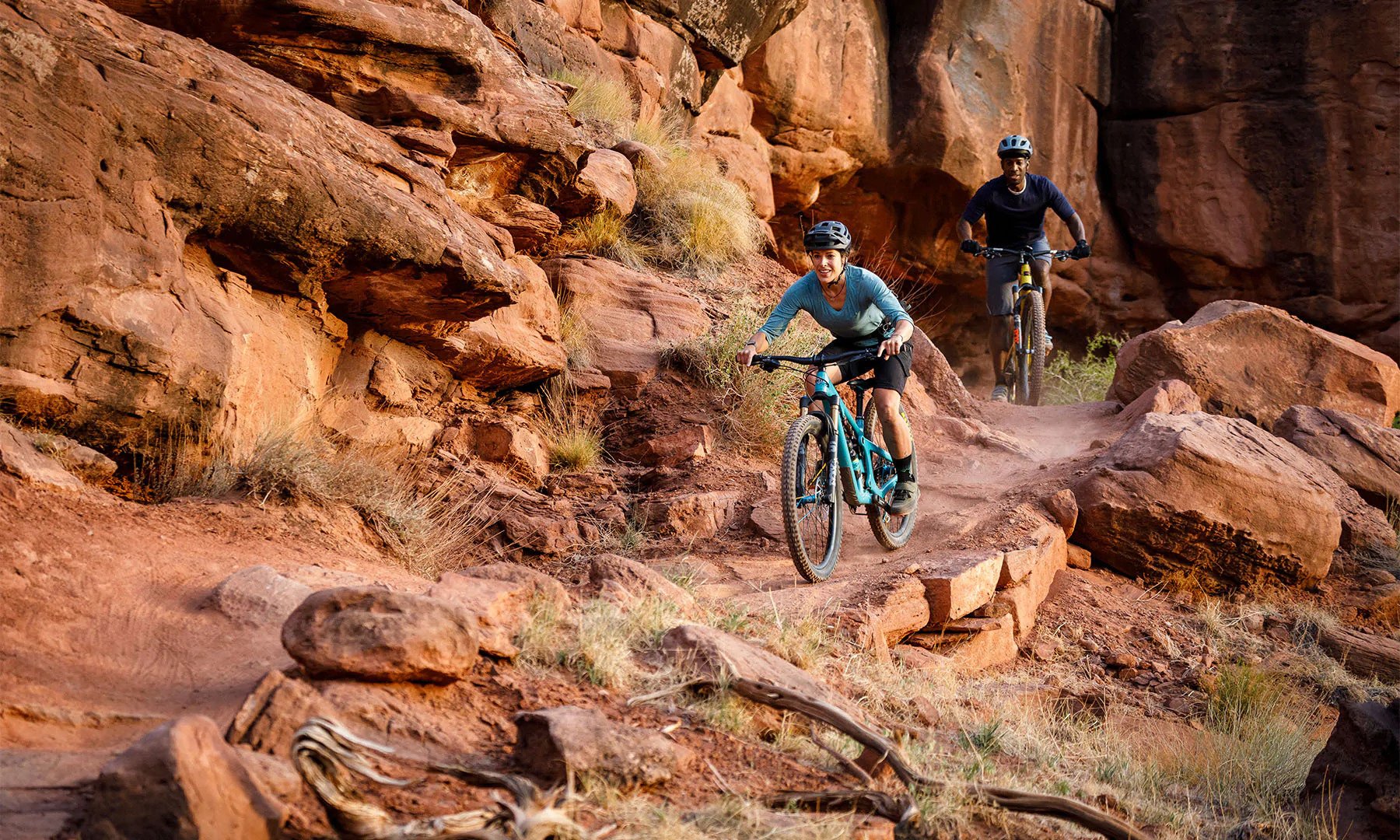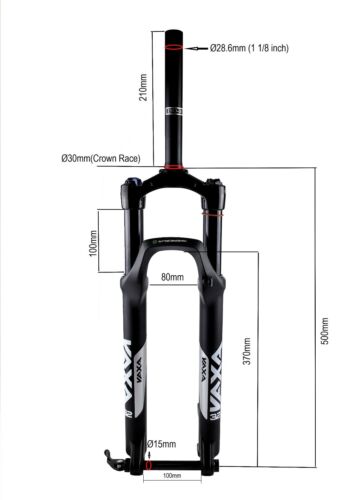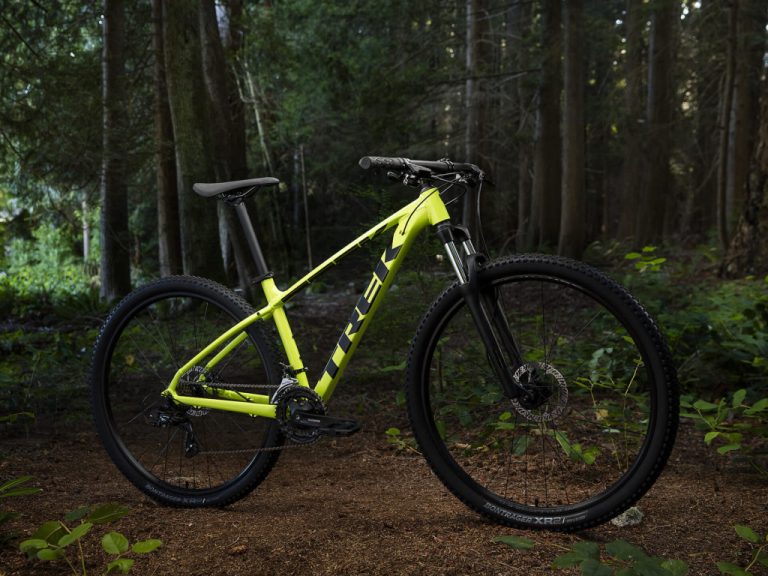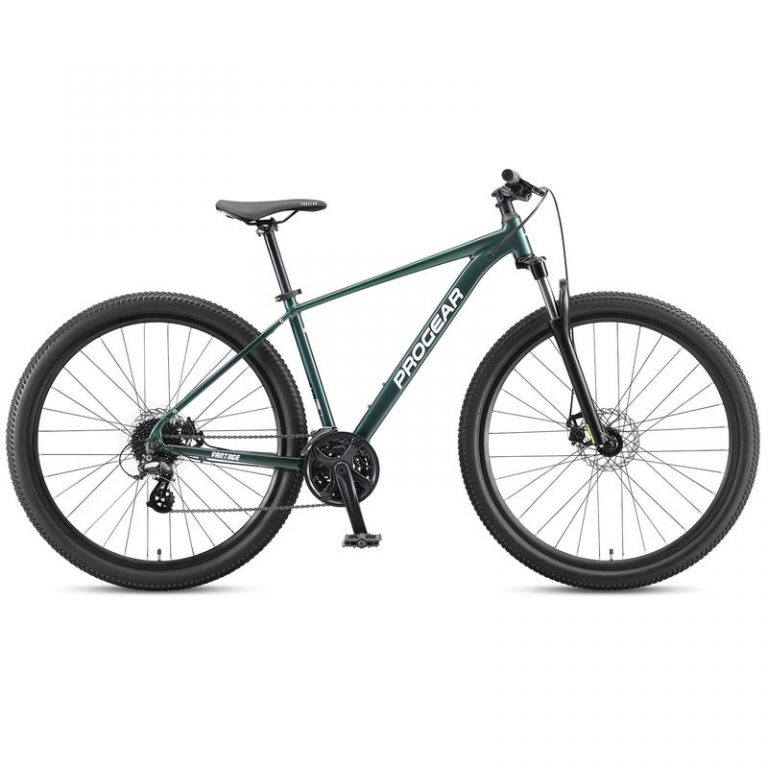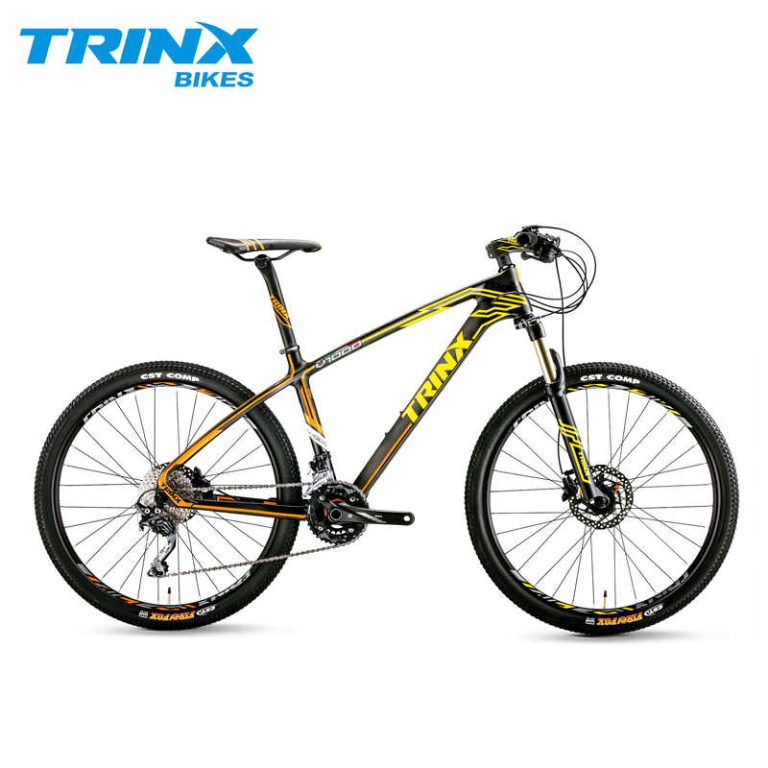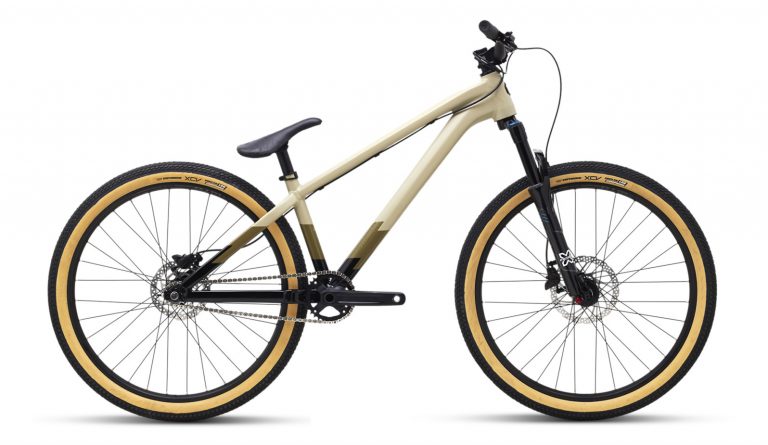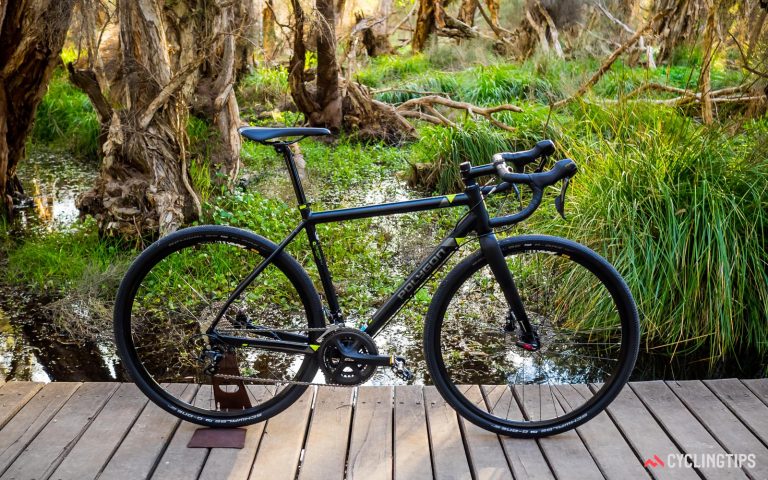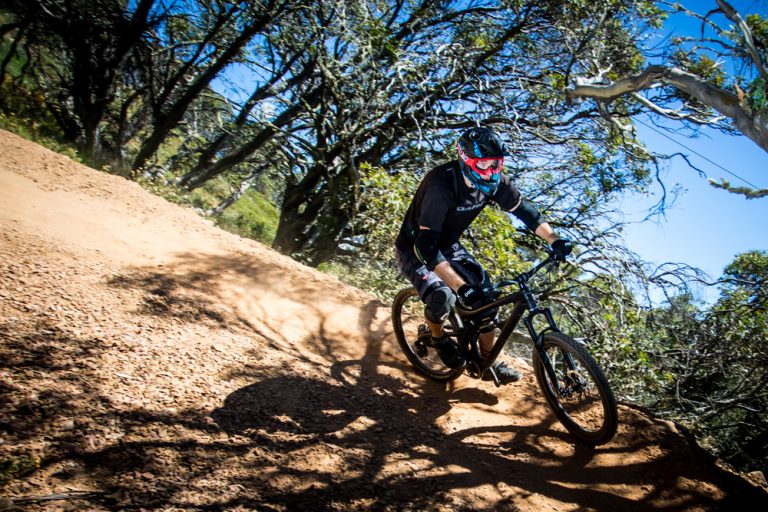Mountain Bike Travel – What Is It & Everything You Need To Know
It is easy to assume “mountain bike travel” means packing your bags and hopping on your bike on a journey. In reality, this isn't even close to what the term describes.
Mountain bike travel refers to how far the bike's suspension can move up and down with every bump on the road. The up-and-down motion of the bike's suspension is commonly known as traveling.
Travel distance differs when you compare the front suspension to the rear suspension. It can be influenced by several factors. Some of these can be altered with a few settings available on most bicycle suspensions.
You can achieve an optimum travel range by properly combining these different factors and settings.
Pressure and travel go hand in hand when riding a mountain bike. It describes the amount of compression the front or back suspension can withstand before failing.
When absorbing force, the mountain bike can compress to handle most of the pressure it encounters. The more travel you get, the higher the force your bike will have to absorb. Riding a mountain bike with short travel means it won't be able to withstand impact well enough.
This article will look at travel and the different factors that affect it.
Key Takeaways
- Travel refers to how the suspension of a bicycle moves up and down.
- There are different types of mountain bike suspension depending on the trail.
- Several factors affect the level of travel you require on a bike.
- Bike travel can influence your riding style.
How Much Travel Do You Want On Your Mountain Bike?
As mentioned in the previous section, the type of mountain riding you do will influence how much suspension you want. The smoother the trails you will be riding on, the less suspension you will require, and vice versa.
In fact, you might not want your mountain bike to have any type of suspension if you are sure your riding route is smooth. The feature is needless if you don't encounter holes and bumps in the road.
Furthermore, the terrain and the riding style you use can also be used to determine how much suspension and travel you should have. The track you will be cycling on will determine the topography, which is obvious and can vary greatly. An easy cross-country trail is significantly different from a challenging downhill trail.
Also, you alone can determine your personal style. You will require more travel and, consequently, bigger suspensions compared to someone who travels those trails at a more leisurely pace and carefully chooses their line of travel on the path. This is true even if the trails are rough, as long as you charge down them without giving a damn about which line might be the smoothest.
One of the things you should keep in mind is that a bike suspension with greater travel will not only be larger in size but also heavier. In light of this, you should avoid purchasing suspension for your bicycle that has more travel than you actually need. This implies that if the mountain route you want to use has a lot of uphill climbs, you should choose a lighter suspension. It should also have less travel so you can easily ride your bike up the hills.
The length is impacted by the quantity of suspension, size, and weight. When there is additional suspension, this causes the handlebars to lean backward and shift positions. While this is an excellent feature for downhill biking, it is unneeded. Having your hands and arms at that angle is even uncomfortable when riding on more straightforward cross-country courses.
Keep things roughly balanced as you decide how many trips you want to take. This is another issue that requires a lot of thinking. This means you shouldn't have a hardtail mountain bike with no suspension in the back. However, you should have one in the front with at least 180mm of travel.
Now, picture yourself landing on this after a difficult leap. Your front handlebars would now be several inches lower. This will be worse when riding downhill because it will probably send you forward and over the handlebars. That won't end well for you and the bike.
Ensuring that the travel behind and in front of your mountain back is not different helps prevent this from happening. This is why you typically find more hardtail bikes with little to moderate front travel.
The size of your tires is another aspect to consider when deciding how much suspension you want. You should require slightly less bike suspension in larger tires than in smaller ones. This is because the former can absorb more impact from the road.
As a general rule, start by examining the suspension options available for mountain bikes that closely match your riding style and the kinds of trails you frequently use.
You should choose suspensions at the higher end of the range available. It's also perfect for active riders who want to tackle more difficult mountain trails.
Use suspensions at the low parts of the range if you are a more relaxed rider who takes things slowly. If you're unsure of where you fall in terms of your riding style, attempt to hit the range in the middle.
Differences Between The Hardtail And Full-Suspension Mountain Bikes
The choice between full suspension and a hardtail frame will be one of the most difficult ones for you to make. Not all circumstances and difficulties may call for a rigid bicycle frame. Below are some of the main variations you might anticipate when making your decision:
Comfort
Full-suspension mountain bikes are known as the most comfortable. It lessens the stress your body must absorb and makes going downhill considerably simpler. On the other hand, the hardtail bike is more suitable to guarantee you have the best climbing experience.
Weight
Another suspension is introduced to the mix by the full-suspension mountain bike. You should anticipate a modest price increase with the addition of more parts and equipment. These bikes do, however, typically have a higher weight capacity.
Maintenance
Unfortunately, there are spillover effects from having additional pieces here as well. There are more moving parts, which makes it much simpler for anything to go wrong. When damaged, the full-suspension trail bike could be more difficult to fix.
Price
Last but not least, the technology and parts utilized in the bike have an impact on the price. You will have to pay a little bit extra if your components are more complicated. Although dual-suspension is more expensive, it can be useful.
Buying Guide for the Best Mountain Bike for Beginners or Experts
It might be challenging to purchase a mountain bike, especially if you're just getting started. It might be challenging to choose a bike because there are so many different brands and bikes kinds available.
We will go over the fundamentals of selecting the best mountain bike for you in this article. Don't worry if you are unsure of what specific features to search for in your next purchase; there are many elements to take into account when purchasing a mountain bike.
You must first decide what you need in a mountain bike before you can purchase one. Is it intended for leisure use? Will you be taking any long rides? Do you require something dependable and long-lasting? Don't stress if this seems overwhelming; numerous elements go into determining what sort of bike is ideal for you.
Why Is It Necessary to Travel Using a Mountain Bike?
The best way to travel the world is on a mountain bike.
They're also ideal for getting around in places where you can't drive on roads, such as when you're touring Southeast Asia or Africa's mountains or jungles.
Invest in a mountain bike that meets your needs and learn how to ride it effectively. It is one of the healthiest and most cost-effective ways to travel.
How Fast Can You Go? – The Basics of Speed Comparison in Mountain Biking
One of the most crucial aspects of mountain biking is speed. It is crucial in determining how well a ride or race will go. In this article, we'll use some fundamental math to examine how uphill and downhill speeds relate to one another.
The rate at which a rider travels from one point to another on a descending slope is known as the downhill speed. Additionally, the rate at which a rider travels uphill from point A to point B is known as the uphill speed.
Gravity causes a rider to descend more quickly than to ascend, so their downward speed is always larger than their uphill speed.
Consider this example: if an object with a mass of one kilogram is being pushed towards the core of the Earth at a constant rate of 10 m/s, it will be propelled at 20 m/s since gravity speeds objects with mass towards Earth's center with double as much force for every unit of distance traveled. Due to gravity, the rider's speed will rise during the descent portion of the journey.
Five Tips for Riding Your First Mountain Bike Trail
Both novices and experts can enjoy the thrilling sport of mountain biking. Before embarking on your first mountain bike ride, you need to learn a few fundamental skills.
Take precautionary measures:
Always wear a protective helmet, use hand signals to interact with other trail users, and abide by all posted traffic regulations.
Develop balance:
Begin by riding straight ahead, then practice making left and right turns while maintaining your balance.
Take it easy:
If you're new to mountain biking, take it easy by using flat terrain or a home bicycle trainer to get used to the sensation of riding before heading out onto actual trails.
Don't forget to take care of your bicycle:
Doing so will ensure that it lasts a long time and won't need to be replaced too frequently.
Avoiding Common Mistakes on the Trail
There are several errors individuals make on bike trails. Let's look at how to go about a few of the common ones.
Riding a bike too close to a road
Solution:
Keep a safe distance from the road, and stay off the road's shoulder.
Speeding down a trail
Solution:
Go slowly and take your time when riding down a mountain trail. Take your time to avoid becoming exhausted.
How to Pack for a Backcountry Ride with a Mountain Bike
Make sure you have all you require for a safe and pleasurable journey by properly packing your bike. It can be challenging to prepare a mountain bike for a wilderness journey.
The following are a few items to remember to pack:
- A pump for when your tires go flat or get punctured.
- Extra wheel and tire tubes
- Multiple tools you will use for other repairs
- Levers enable you to remove and replace your tires
- Chain grease
How to Travel Safely and Effectively With Your Mountain Bike
An increasing number of individuals bike and travel each year. Mountain biking is becoming more and more popular, thus it's critical to concentrate on safety so you can enjoy your trip without incidents.
How to Get the Most Out of Your Experience?
The majority of mountain bikers have a preferred time of day to ride their bikes. In terms of mountain riding, there are particular times of day that are ideal.
Due to the rising sun, the morning is typically an excellent time to go riding, but the afternoons can get very hot. Early evening is the ideal time to go mountain biking because it is still warm enough to be comfortable but not oppressively so.
The amount of vegetation and possible traffic along your route are two more elements that can affect how you feel while riding a mountain bike.
What are the Advantages of Traveling on a Mountain Bike?
Mountain biking is a great option if you want to travel in a fun and novel way. Although it can be a difficult sport, it can also be a calming and energizing hobby.
Using a mountain bike for transportation has several benefits:
- You will have lots of opportunities to engage in healthy exercise.
- It enables you to visit locations that you otherwise would not have visited.
- As opposed to walking or driving, you can take in the scenery more.
- Discover nature in a brand-new way.
Three Types of Mountain Bikes You Need To Know About
Most people like riding mountain bikes because they are a common form of bicycle. You need to be aware of the three different sorts of mountain bikes.
Types of Mountain Bikes:
Hardtail:
Designed for quick acceleration and jumping over obstacles, this sort of bike features a frame without front suspension.
Full Suspension:
This style has a front suspension system that dampens shock from bumps and stabilizes the body on uneven terrain.
XC (Cross Country):
The cross-country mountain bike is made for riders who wish to enjoy themselves while riding on trails or through the woods.
Locking Your Bicycle & Protecting it from Theft with a Lock or U-Lock System
What does riding a mountain bike entail? Making sure your bicycle is securely locked up is crucial if you own one.
Getting a lock or u-lock system is the first step in locking up your bike. Although there are many different kinds of locks on the market, all of them serve the same purpose: preventing the theft of your bike.
U-locks and cable locks are the two most common varieties of locks. Since they can be quickly latched around a pole or other item, U-locks are more frequently employed than cable locks. The latter needs to be looped around the object to be secured.
The Best Ways to Ride Your Bike for Fun or for Safety
What is Mountain Bike Travel? While biking is a fun and healthy way to get about, it can also be risky if you're not careful. The advice in this article will help you safely ride your bicycle. This makes it a more enjoyable experience.
The League of American Bicyclists reports about 466 bicycle fatalities in the United States in 2015, an increase from the total of 447 for all of 2014. It's crucial to use caution when biking to avoid these fatalities.
Biking is a popular mode of transportation since it is both affordable and environmentally friendly. It's a fantastic technique for those new to cycling or who are recuperating from accidents or operations.
Conclusion
This article may not have covered everything about mountain bikes. However, you should now understand what is meant by ‘travel' in this domain and a few other things necessary if you own one.

